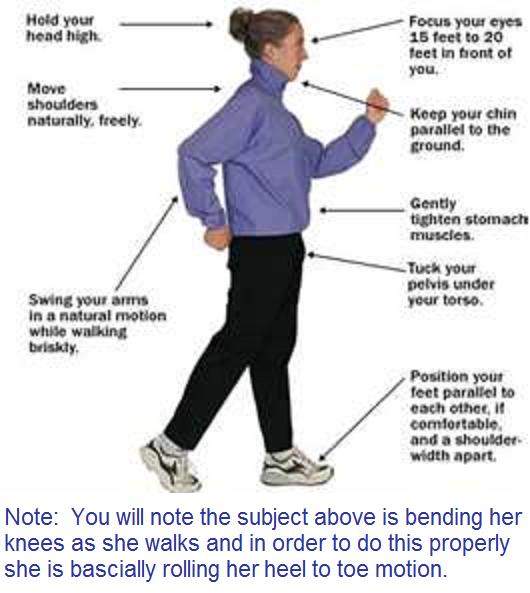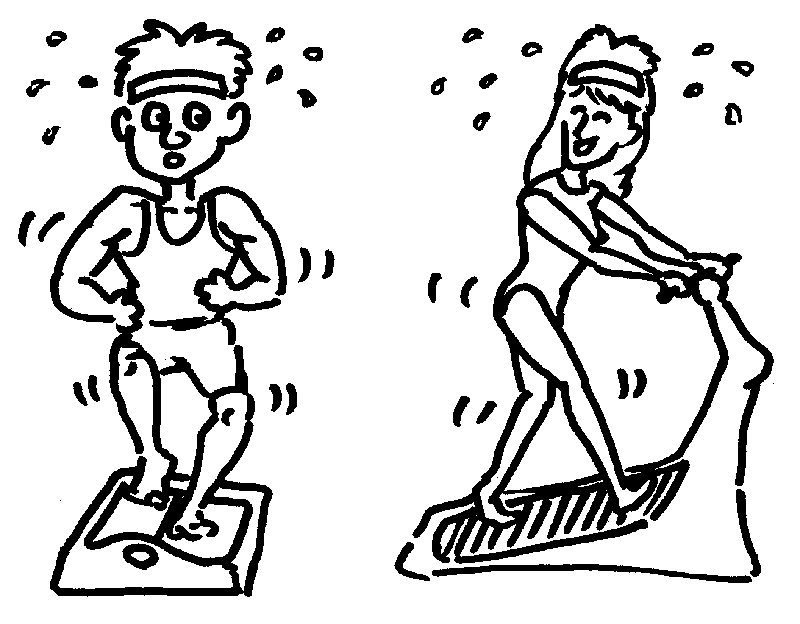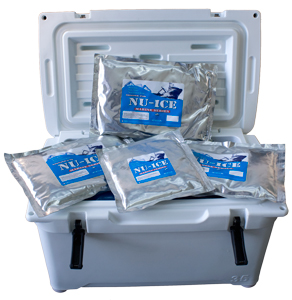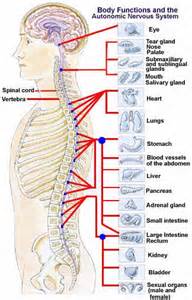 Variables/contributing
factors
Variables/contributing
factors Variables/contributing
factors
Variables/contributing
factors
Life is full of variables, bringing up kids, finances, sports roster decisions, health decisions you name it, we are called upon just about every day when we "explore our options" in just about anything.
We go to a Chiropractor that has his version of variables. He calls it "contributing factors" In this case he is referring to various factors that are causing a problem rather than zeroing in on what may appear to me a dominant factor.
This principle of "contributing factors" can be applied to many things as mentioned above in our first paragraph.
Medical people have a habit of zeroing in on lets say a symptom that could be life threatening and are moved to do so by their training without trying to uncover the underlying cause of a problem that again may not be one factor, but many. If you are asking a Doctor to engineer a multiple treatment for a problem or just a pure speculation you are really asking for next to the impossible. Doctors don't have crystal balls, they are human just like us.
We have been recently confronted with the process we needed to do to solve a back problem with my wife that has caused her a great amount of stress and stress as we know leads to all types of health issues. Here is a perfect example of contributing factors where a back issue eventually causes stress and then the stress exacerbates the problem even more.
We researched the various methods regarding dealing with back problems and have come up with the following options. Here we are using the contributing factor principles to attack a problem when we really do not know to what degree each of the individual approaches are effective or to what degree they are effective.
Keep in mind any one of the following options could be irrelevant or could be significant factors. These factors could result in certain options being large contributors, they could be small contributors and certain options somewhere in between. There could be some that could be worthless, but it would be impossible to determine to what degree any one of them would contribute to hopefully success. So our choice was to pick out what we felt could be factors and do them all but prudently. One of the biggest problems when treating a health issue is overkill.
Let me list each practice keeping in
mind that we will be careful again not do anyone of them in excess and
especially if they could exacerbate the problem. Physicians have an oath
they take "Do  no
harm" and patients and family that are taking matters in to their own
hands should subscribe to the same oath. Just yesterday my wife complained
of a little extra discomfort and we attributed it to a little over
aggressiveness in the various self treatments she was administering to her
self. In fact keep in mind that engaging with a good physical therapist
could recognize a particular issue that could be addressed that the layman may
not be able to do, so seeing a specialist for their input may not be a bad
idea. Unfortunately there are therapists that want to please a patient and
even they can rush a process and cause damage that delays the healing
process. One of the biggest problems we have with medical issues as they
apply to insurance is that Doctors are under pressure to limit how many
treatments there would be necessary to solve a problem. This is where a
patient may need to take over and continue a process that a therapist has
initiated.
no
harm" and patients and family that are taking matters in to their own
hands should subscribe to the same oath. Just yesterday my wife complained
of a little extra discomfort and we attributed it to a little over
aggressiveness in the various self treatments she was administering to her
self. In fact keep in mind that engaging with a good physical therapist
could recognize a particular issue that could be addressed that the layman may
not be able to do, so seeing a specialist for their input may not be a bad
idea. Unfortunately there are therapists that want to please a patient and
even they can rush a process and cause damage that delays the healing
process. One of the biggest problems we have with medical issues as they
apply to insurance is that Doctors are under pressure to limit how many
treatments there would be necessary to solve a problem. This is where a
patient may need to take over and continue a process that a therapist has
initiated.
In my wife back issues we picked out 4 particular areas of practices that we feel could enhance healing and again not doing it with high powered medications and/or very aggressive physical self treatments. One of the benefit of self treatment is the patient can be the best judge of how to progress and how aggressive the treatments should be. I personally would lean on the side of caution and take more time in the process and try to eliminate harming the patient.
Here are the 4 areas of treatment we picked not out of the blue sky but recalling all of our visits to professionals and their recommendations and the Internet research we have done. Our choices below were not haphazard they are intelligent choices not knowing what choices would be dominant.
Here they are below, remember this is a back issue but we believe most if not all of the recommendations could be applied to other medical issues such as injuries etc.
 1.
Posture. We have researched the fact that in many cases poor posture is
the cause of many back problems. Keeping your spine as straight as you can
is probably one of the best ways to avoid back problems. As we get older
the spine and vertebras start to go south especially if our diets are
deficient. Walking is one of the best ways to improve ones posture.
Wear a good pair of sneakers or walking shoes and keep the flip flops next to
the swimming pool. Keeping your head back, your shoulder
blades back, looking forward with head erect, swinging your arms and elbows
actually brushing the lats connected to your back is the way to proceed.
Look up the Lats on the Internet. Getting in the habit of walking
erect will actually carry forth in your daily activities, just walking through
the house, going to the John.
1.
Posture. We have researched the fact that in many cases poor posture is
the cause of many back problems. Keeping your spine as straight as you can
is probably one of the best ways to avoid back problems. As we get older
the spine and vertebras start to go south especially if our diets are
deficient. Walking is one of the best ways to improve ones posture.
Wear a good pair of sneakers or walking shoes and keep the flip flops next to
the swimming pool. Keeping your head back, your shoulder
blades back, looking forward with head erect, swinging your arms and elbows
actually brushing the lats connected to your back is the way to proceed.
Look up the Lats on the Internet. Getting in the habit of walking
erect will actually carry forth in your daily activities, just walking through
the house, going to the John.
 2.
Exercises. There are exercises specifically designed to build up the
muscles of the back. We are using the old adage that you don't exercise to
the point of pain. A little discomfort could be o.k. but taking your time
one session to another with the proper stretching and exercise could result in
progress that would eventually lead to the success in solving a back
issue. You most likely will find tightness in an area that should be
gradually stretched and not try to do it in one swoop. A swoop that could
really do a job on you.
2.
Exercises. There are exercises specifically designed to build up the
muscles of the back. We are using the old adage that you don't exercise to
the point of pain. A little discomfort could be o.k. but taking your time
one session to another with the proper stretching and exercise could result in
progress that would eventually lead to the success in solving a back
issue. You most likely will find tightness in an area that should be
gradually stretched and not try to do it in one swoop. A swoop that could
really do a job on you.
 3.
Heat. There is great deal of confusion regarding heat and ice
applications. We have had medical recommendations and one in particular
was what they referred to as a 1 to 5 pain level and a 5 to 10 pain level.
In this case the recommendation was the 1 to 5 pain level required a heat
application and the more severe 5 to 10 level required an ice application.
3.
Heat. There is great deal of confusion regarding heat and ice
applications. We have had medical recommendations and one in particular
was what they referred to as a 1 to 5 pain level and a 5 to 10 pain level.
In this case the recommendation was the 1 to 5 pain level required a heat
application and the more severe 5 to 10 level required an ice application.
We have found that a patient can
become actually addicted to ice when they are hurting and long after an initial
injury. We believe that the 5 to 10 barometer requiring icing applies
shortly after an accident or whatever has
caused a problem and not to continue with ice after lets say the swelling
subsides. This is where heat comes into play but like most practices even
heat can be used in excess that is damaging and delays the healing
process. We are using a 10 to 15 minute span of a rather low heat
intensity in our treatment program and a span of a couple of hours between heat
applications. Ice works great for swelling issues but to continue to use
ice even if it does produce relief is wrong and most medical people will support
this.

4. Massage. We have incorporated a hand massage into our daily treatment process and in fact massaging has been about the only thing we have be doing other than damaging the kidneys with over the counter pain killers and the wrong ice regimen.
In fact we have added a mid day session to the morning and before bed massages. Instead of just concentrating on the areas of discomfort that by the way have moved around the back area that appears to rule out a localized problem. We do a complete back massage starting with a little bar of soap for lubrication right over the kitchen sink followed with a couple of good rinses. We then use a little Blue Emu and at night a little Ben Gay actually recommended from a Neurologist if not for its actual therapeutic properties but perhaps for again its lubrication action similar to the soaping.
Incidentally in using the soap it not only serves as an excellent lubricant in the massage process, it also does a great job in removing the residue of the previously used lotions and creams we have used on the surface leaving a squeaky clean surface to massage and add fresh applicants.
Now again we do not have the slightest idea how much of a factor percentage we can tag on to each one of the 4 approaches we are taking.

I saved the image on the left for last because of its critical significance regarding the spine and for those who have not been exposed to the spine, the main trunk connected to the brain that control every organ in the body. If you look close to the connection between the tributaries that exit out of the spinal canal between the vertebras you can get a sense of how important the health of the spine and vertebras are to your overall health. When you take in consideration how critical the health of the vertebras are in relation to the comfortable path of the nerves originating in the brain and continuing to govern the proper functioning of all of the organs in the body, you can readily see how a healthy spine is so critical to the process.